With the unemployment rate hovering at an historic low of 4.1% and the department of labor reporting average job tenure declining, retaining the employees you have is much more important now than it was a few years ago. If your employee retention rate is low and employee turnover is high, meaning that employees are jumping ship faster than you can hire new ones to replace them, there might be a reason.
How do you know if you have an employee turnover issue? Calculate it, then compare your employee retention and staff turnover with other businesses in your industry. Take a look at the data chart below from Indeed showing how long most employees stay with one company.
Average number of years employees stay with the same company
Source: Indeed
The good news is that once you find out what your employee retention issues are, you can work with senior management to correct the issues.
Also read: Keeping Millennial Workers: How to Improve Employee Retention
In this article we’ll list five common reasons employee turnover may be high in your organization, then we’ll give you tips to acquire and retain top talent using sound HR best practices.
Reason 1: It’s Not You, It’s Me
LinkedIn survey data showed that 25% of employees leave their organization due to personal problems. If those problems are due to family issues, interpersonal issues with co-workers or supervisors, or dependent care issues like looking after children or elderly parents then there is something you can do to help retain those employees.
Employee exit reasons
Source: LinkedIn
Employee assistance programs (EAP) can help. So can empathetic supervisors and having someone in HR to discuss issues and options with. Taken together, these can alleviate some of the turnover that occurs when employees start having personal problems.
An EAP costs just a few dollars per employee per year and allows your workers to have a confidential sounding board to address work-life issues such as navigating a divorce, managing a mental illness, or dealing with a child’s substance abuse problem. Most EAP programs provide initial confidential counseling sessions at no cost to the employee.
Once you implement the EAP make sure your managers and HR team understand how to use it as a resource when employees come forward with personal issues.
Everyone faces personal problems from time to time that may interfere with their job. An EAP and supportive environment may be all the reason they need to stay.
Reason 2: They Just Don’t See the Benefit
Many employees are motivated by more than just salary. In fact, salary is not the top rated factor in whether an employee chooses to leave a job. Based on research from Analytics in HR, salary is listed as the lowest driver of employee turnover at just 1%.
However, benefits are a reason for employees to stay. Are your employees leaving you because you don’t provide the benefits that other employers provide?
Data from the Harvard Business Review shows that 88% of employees give some or heavy consideration to benefits like health benefits and flexible hours. If you don’t offer one or both of those, your business could be at a competitive disadvantage.
In fact, no health benefits is a deal breaker for some. They may take your position only long enough to find a replacement job that does offer benefits.
Source: HBR.org
It’s a common misconception that offering health insurance to employees is cost prohibitive. Even small businesses have options to provide low cost health insurance to their employees.
Flexible hours are another easy benefit to offer. Just change the way you think of work. Even if you offer a 9-5 office job, could you allow your employees to work four-day weeks, mornings only, or take every other Friday off?
Even better, and nearly as important to employees, is both vacation time and work-from home options. Give your team members a chance to contribute to your bottom line with work hours and time off that suits their personal and family needs. If you don’t, someone else will.
Reason 3: Bad Managers
We’ve all heard that people don’t leave jobs, they leave bosses. So take a look at your turnover rate by department — in fact, by manager — and see if there isn’t some kind of trend.
Also read: Leading the Leaders: Training Future Management
Are people transferring out of or quitting the finance department because the curmudgeon of a VP hasn’t given a compliment in a decade? Or has the owners’ son recently been promoted to manage the company without any leadership skills?
Source: Pinterest
According to Forbes, 42% of workers stated they had left a company because of a bad boss.
The problem is, even when bosses try to be good leaders, there’s often a disconnect between how employees want their managers to act and how employers think they’re supposed to act as shown in this chart.
Source: LinkedIn
The number one thing that employees want, full appreciation for work done, is number eight on what employers think they want. So if you want employees to stick around, focus your retention efforts on training managers to be better at soft skills — showing appreciation, communicating so that employees feel like they know what’s going on, and being empathetic to your employees’ concerns.
The good news is that if you have leaders who demonstrate these skills, you may enjoy a side benefit by saving money on payroll because good wages are fifth on the list above, not first, as most managers think.
Reason 4: Implementing Effective Management Training
The impact of management on employee retention cannot be overstated. Employees often leave managers, not companies. Therefore, investing in management training is crucial for improving leadership skills across the board. Training should focus on communication, empathy, and how to provide constructive feedback. Effective management training can lead to better employee-manager relationships, reducing turnover rates.
Reason 5: Toxic Workplaces
Perhaps you’ve walked into a business, such as a restaurant, and could feel the toxic culture. It shows up in the lack of eye contact from the hostess, the dirty restrooms, the manager screaming at wait staff from the kitchen, and your complete fear of returning an undercooked meal anxious that it will be contaminated by an angry chef in retaliation. Well, employees don’t like working there either.
Source: Ty Howard Workplace Quotes
If you’re the HR rep or manager, take a stab at secret shopping in your business units, stores, or offices. Listen to how your body feels. If you tense up and can’t wait to get out of there — the workplace might just be toxic. On the other hand, if you’re so comfortable you want to lounge around for a while and help out, then it’s probably a cool place for workers to be as well.
Other lagging indicators of a toxic workplace are lawsuits for discrimination, sexual harassment complaints, or claims of wrongful termination; and negative data on exit interviews. Go ahead and ask employees why they quit — if a bad culture is the reason, change it. Not sure? Try a culture survey or host a few CEO breakfast sessions with workers and ask them how to improve the company culture. Your goal is to have productive employees who want to be there, not ones who can’t wait to give notice.
Reason 6: Low Wages
Although wages aren’t always an employee’s top priority, they do want to be paid fairly. If you’re an employer with wages consistently under the median, you’ll experience higher than average turnover. That’s because unless you’re the funnest-most-flexible workplace ever, people will eventually want to be paid what they’re worth, or at least will need to pay their bills.
Thankfully, you don’t have to be an expert in compensation to get access to salary survey data. It’s available for free on websites like Indeed, LinkedIn and Career Builder, to name a few.
Source: LinkedIn Salary Tool
Just input the job title and you’ll find salary ranges. For example, if your customer service reps are leaving after just a few weeks, it might be because their salary isn’t enough to make them stay — even if you have a pizza party every Friday afternoon.
Once you do your research, bring it to senior management to explain why in spite of a great culture, excellent managers, and wonderful work environment with benefits, your CSRs are still quitting.
Best ways to improve retention
Source: LinkedIn
But don’t make the mistake of increasing salaries above the norm if you haven’t addressed the other items first — like improving managers’ skills and company culture. This chart above from LinkedIn shows that offering a competitive salary will only increase retention by about 10%, so it’s not the best place to invest your company’s money to improve retention. The other options, like an EAP, useful benefits, better training for managers, and workplace culture are much better business investments that will help reduce employee turnover.
Reason 7: Enhancing Employee Engagement
Employee engagement is a critical factor in retaining top talent. Engaged employees are more productive, have higher job satisfaction, and are less likely to seek employment elsewhere. To enhance engagement, companies should focus on creating a culture of recognition, where employees feel valued for their contributions. Regular feedback sessions, both formal and informal, can also play a significant role in keeping employees engaged. By fostering an environment where employees feel heard and appreciated, companies can significantly improve their retention rates.
Reason 8: Fostering Professional Development
Professional development opportunities are a key driver of employee retention. Employees want to feel that they are growing and advancing in their careers. By offering training programs, mentorship, and clear paths for career advancement, companies can motivate their employees to stay long-term. This not only helps in retaining talent but also in building a more skilled and competent workforce.
Bottom Line
As a strategic business partner, HR is in a unique position to be able to bring these insights to leadership who hold the purse strings. Consider sharing articles like this with your business owner and executives as you build an approach to reduce employee turnover in your organization.
Research from the Center for American Progress shows the average cost to replace an employee is between 10% and 30% of their annual salary. Therefore, keeping the employees you have is ever-so-much cheaper than continually recruiting to find new ones.
Image via Pexels.com

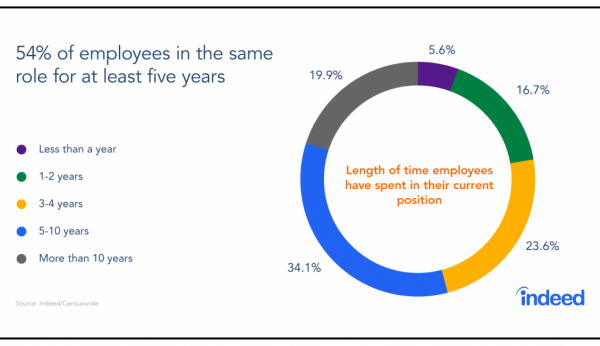

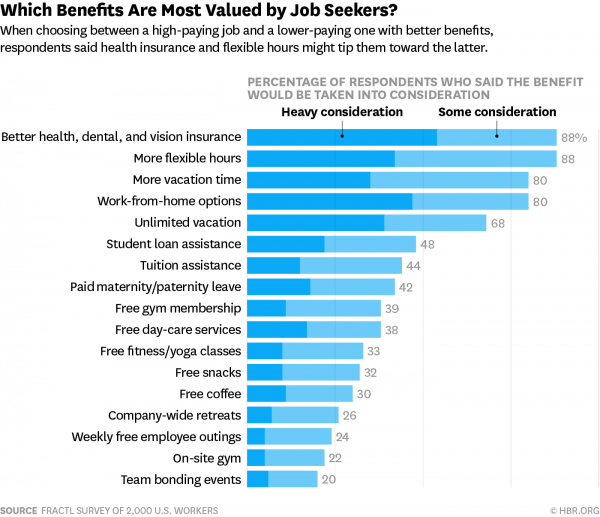
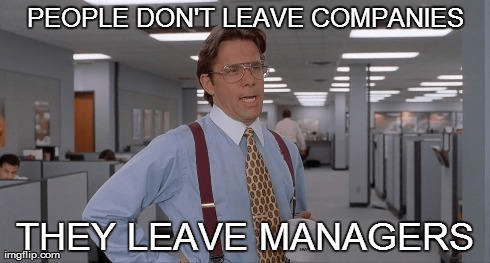


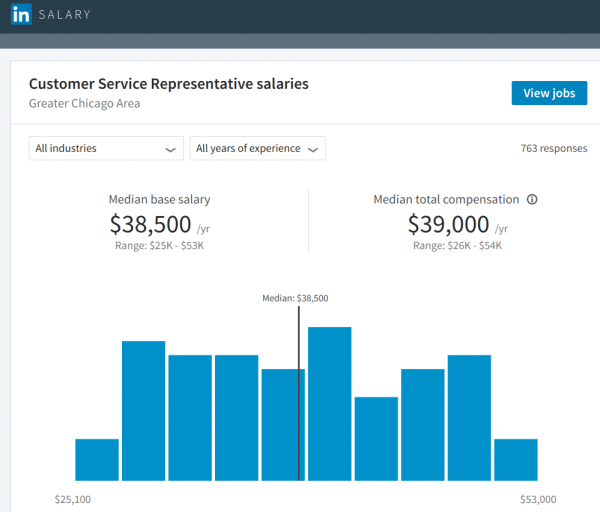
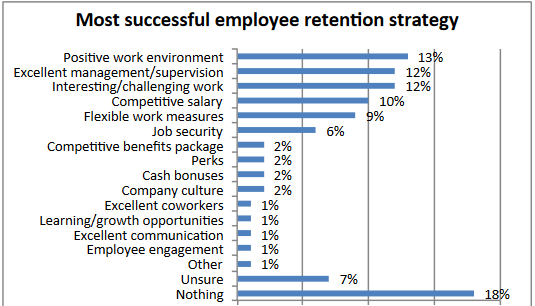






Very good article and will be cited in my dissertation despite that I am not business field! It is useful in daily leadership as well. Thank you very much!
I do not even understand how I ended up here, but I assumed this publish used to be great
This article is a testament to your expertise and commitment to quality content. Well done!
Your article was a real eye-opener for me. The clarity and precision in your writing are commendable.
Your posts are always a great resource. This one was particularly helpful and well-written.
This post was not just informative but also very thought-provoking. Thanks for sharing your insights!
Your article was a real eye-opener for me. The clarity and precision in your writing are commendable.
You consistently produce high-quality, informative posts. This one was another great read!
What a great piece! You have a real talent for making complex subjects accessible and interesting.